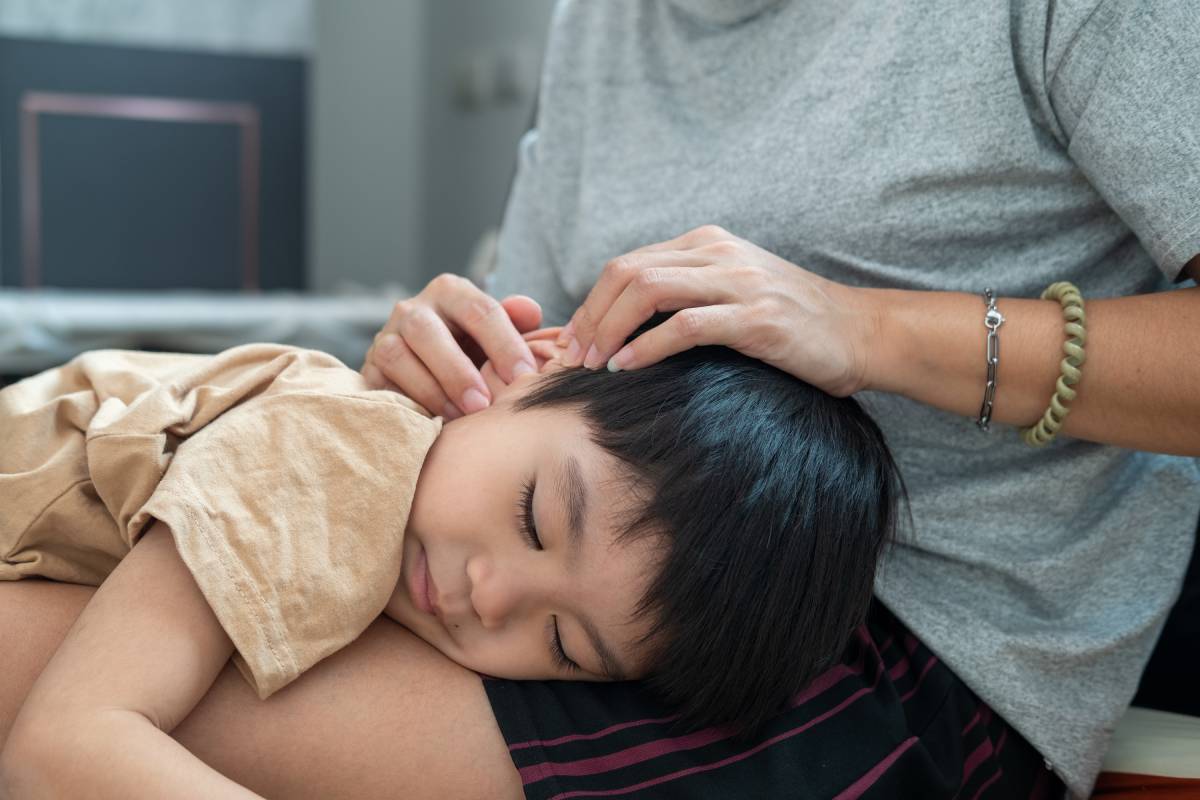Answer:
Ear cleaning is a common practice intended to provide comfort and cleanliness. However, if done incorrectly or unhygienically, it can cause injuries and various medical conditions.
Sharp objects like cotton swabs, plastic sticks, or pins can scratch the thin and sensitive skin of the ear canal. These scratches create an entry point for fungi and bacteria, potentially leading to ear infections. Symptoms include pain, swelling, and pus discharge. If left untreated, hearing loss can occur.
Cleaning ears with excessive force or improper technique can push earwax deeper into the canal, causing blockage and reduced hearing. Accumulated earwax creates a moist environment conducive to bacterial growth. Excessive force can also damage the middle ear and eardrum, leading to middle ear infections, inner ear infections, ruptured eardrums, and other hearing complications.
Some people use unsterilized metal objects for ear cleaning, increasing the risk of tetanus, an acute infectious disease caused by the bacterium *Clostridium tetani*. Tetanus bacteria enter the body through minor wounds or scratches often invisible to the naked eye. Upon onset, the bacteria invade the bloodstream and central nervous system, causing lockjaw, stiff neck, arching of the back, blood pressure fluctuations, and cardiac arrhythmias, potentially leading to cardiac arrest and death.
 |
Incorrect ear cleaning can easily cause infections and affect hearing. Illustration: Vecteezy |
Adults should guide children on proper ear hygiene. Ears have a self-cleaning mechanism; earwax naturally moves out of the ear canal. Avoid inserting objects deep into the ear canal. Gently clean the outer ear and the entrance of the ear canal with a clean, damp cloth. Refrain from using sharp objects or unsanitary cleaning tools. If earwax doesn't come out naturally, or if a child experiences ear pain, ringing, or hearing difficulties, consult a specialist.
Families should also prioritize tetanus prevention. Vaccination is highly recommended, offering up to 95% effectiveness.
Children should receive tetanus-containing vaccines from 2 months to before 2 years of age, such as the 5-in-1 or 6-in-1 vaccines. The 6-in-1 vaccine can be administered from 6 weeks of age. Booster shots are recommended at 4-6 years, 9-15 years, and then every 10 years during adulthood. For children with unclear vaccination histories, parents should consult a doctor. Pregnant women are advised to receive a single tetanus vaccine or the combined diphtheria-pertussis-tetanus vaccine.
With a complete vaccination history, only a booster shot is needed for a wound, without tetanus antitoxin or tetanus immune globulin (TIG). If unvaccinated and experiencing an open wound, seek immediate wound care and vaccination.
Doctor Bui Cong Su
(Medical Manager, VNVC Vaccination System)
Readers can submit vaccine-related questions for doctors to answer here.












